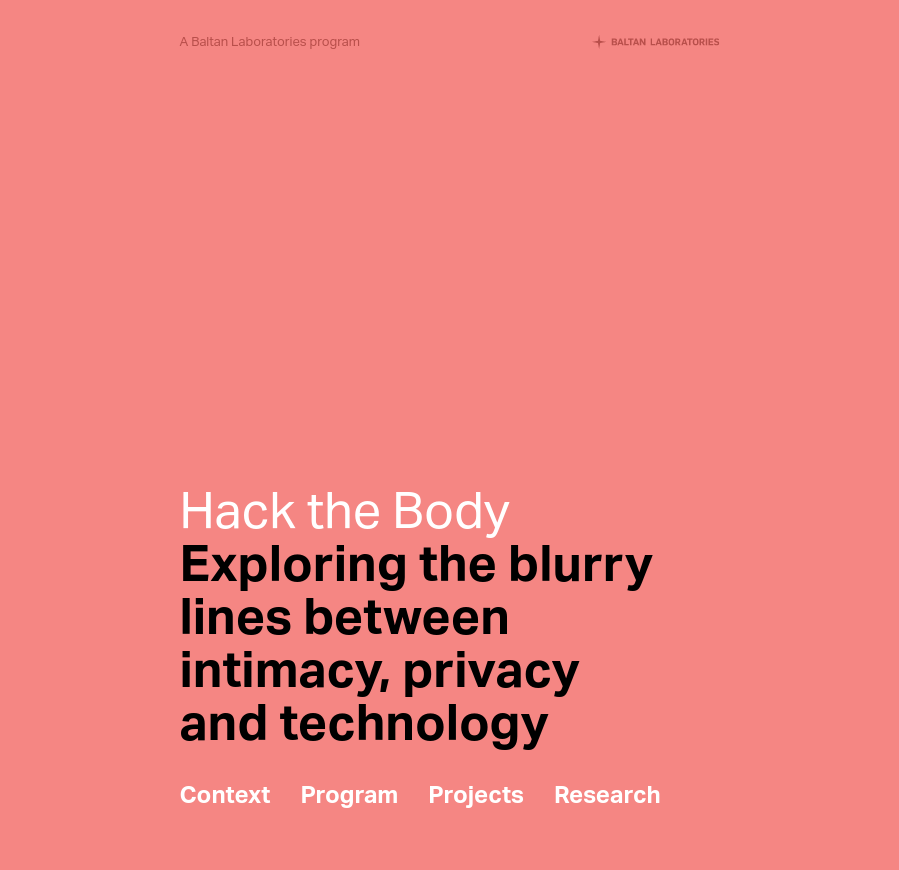Artists wanted: to question, imagine and reflect on the relationship of humans and technology

We are no strangers to the use of computational, physiological and sensing technology in today’s art practices. In performances, installations or participatory artworks, performers’ and visitors’ bodies are increasingly integrated into technological systems. Bodies and machines become linked through wearable sensors, signal amplifiers, transmitters and transducers. For those who can afford it, body technologies have become easy to attain and operate; artists can experiment freely with the coupling of human and machine. This is not only an opportunity to enrich the palette of artistic tools available, but, more importantly, it is a chance to foster a more widespread understanding of the cultural and political aspects involved in the interaction of humans and technologies. The purpose of this article is to help construct a critical viewpoint on the kinds of relationships shared by humans and machines, and the principles that drive those relationships. To be critical does not mean to simply criticise; it means to consider as many viewpoints as possible and to be aware of the nuances of this unique sort of bond.
Read full text -